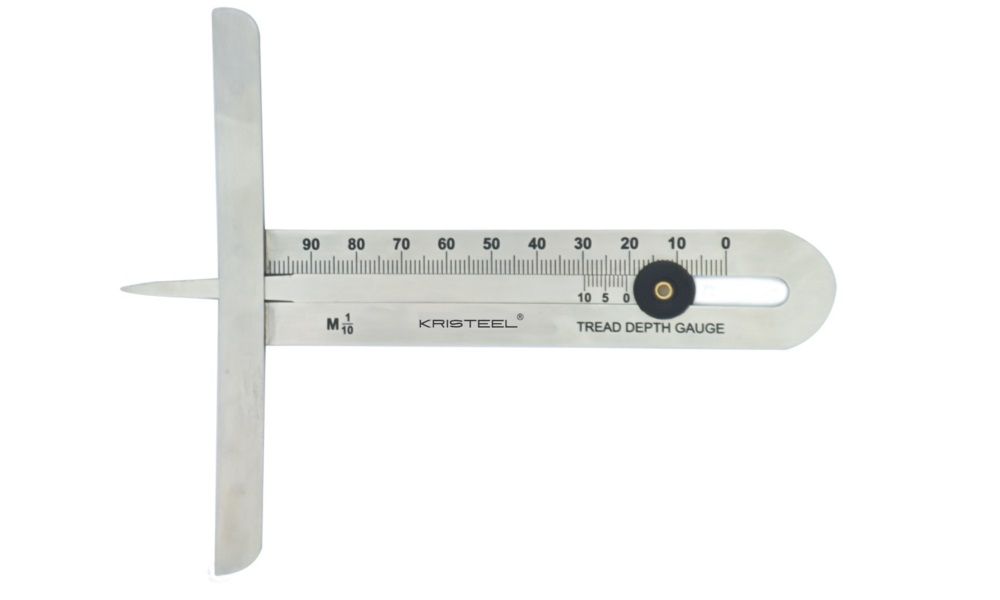Thread gauges play a pivotal role in ensuring the accuracy and integrity of threaded components that are the foundation of countless products we use daily. To maintain the precision and reliability of these gauges, many factors come into play, including calibration. However, a relatively underappreciated aspect of gauge integrity is the acquisition of third-party calibration certificates. Let us explore various tips to safeguard and enhance the integrity of thread gauges.
While calibration is a fundamental aspect of maintaining thread gauge integrity, it is not enough to rely solely on in-house calibration processes. One effective strategy to ensure the accuracy of UNC thread gages is to engage third-party calibration services. These services offer an independent and unbiased assessment of gauge accuracy, reducing the risk of internal bias and errors. Moreover, they provide a level of expertise and precision that might not be readily available in-house.
When it comes to selecting a third-party calibration service provider, thorough research and due diligence are essential. Not all service providers are created equal, and the quality of calibration services can vary. Look for providers with a strong reputation, preferably those accredited by recognized calibration bodies. This ensures that the services meet stringent standards and maintain the credibility of the calibration process.
It is important to understand that the accuracy of thread gauges can change over time due to wear and tear, usage, and environmental conditions. Regular calibration is necessary to catch and correct any deviations in gauge accuracy. A common mistake is to only calibrate gauges when they appear to be malfunctioning. Instead, consider implementing a regular calibration schedule, which may include annual or semi-annual calibration, depending on gauge usage and environmental factors.
Consider implementing a traceability system for your gauges. This system allows you to trace the calibration history of each Whitworth thread gauge, making it easier to track and maintain their integrity. It is a valuable tool for identifying when a gauge was last calibrated, who performed the calibration, and any adjustments or repairs made during the process.
Incorporate gauge maintenance into your routine. Regular maintenance checks can help identify issues such as wear, damage, or contamination that might affect gauge accuracy. These maintenance checks can be as simple as visual inspections or more comprehensive procedures, depending on the type of gauges and their usage.
Ensuring that individuals using the gauges are adequately trained is vital. Training provides the knowledge and skills needed for accurate gauge usage. It covers proper measurement techniques, handling, and care procedures, ensuring that the gauges are consistently and correctly used.
Regularly reviewing and updating the calibration and maintenance procedures for your gauges is essential. Technology and best practices evolve, and keeping your procedures up to date ensures that you are benefiting from the latest advancements in the field. Periodic reviews also allow you to assess the effectiveness of your calibration and maintenance protocols and make necessary adjustments.
Maintaining the integrity of thread gauges is a multifaceted endeavor. While in-house calibration is essential, integrating third-party calibration certificates into the process can provide independent and unbiased assessments of gauge accuracy.

